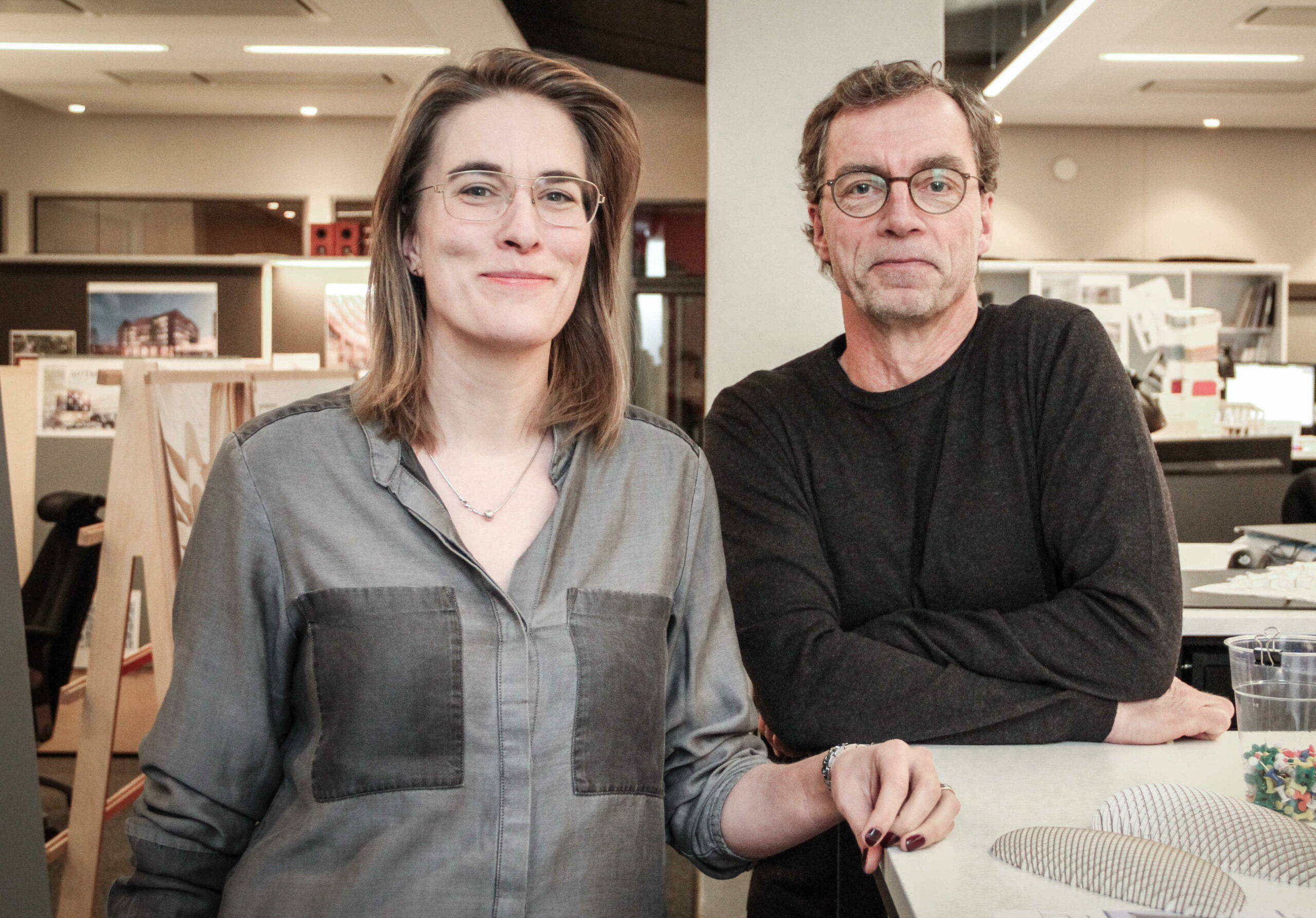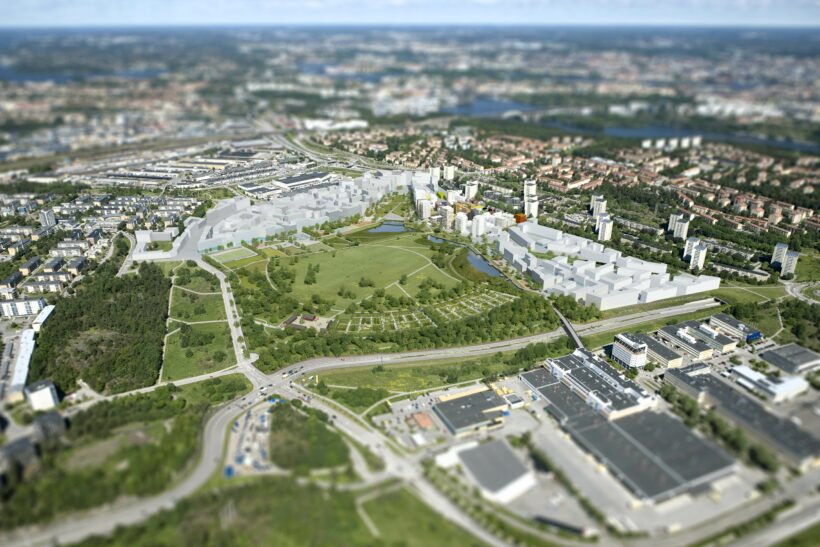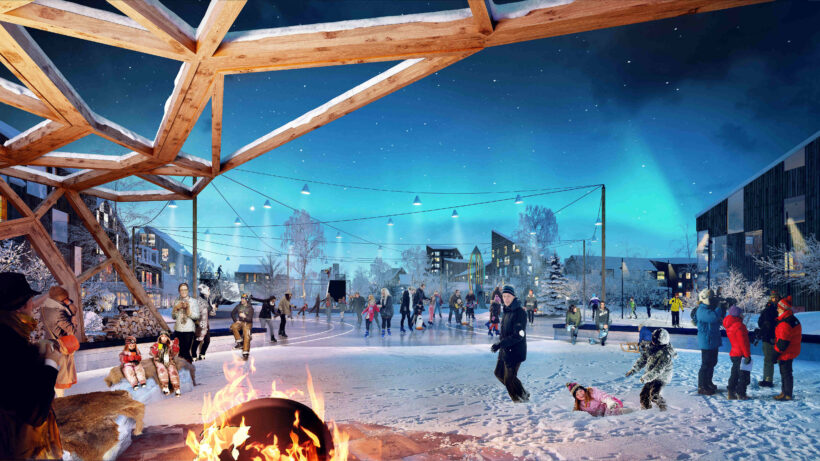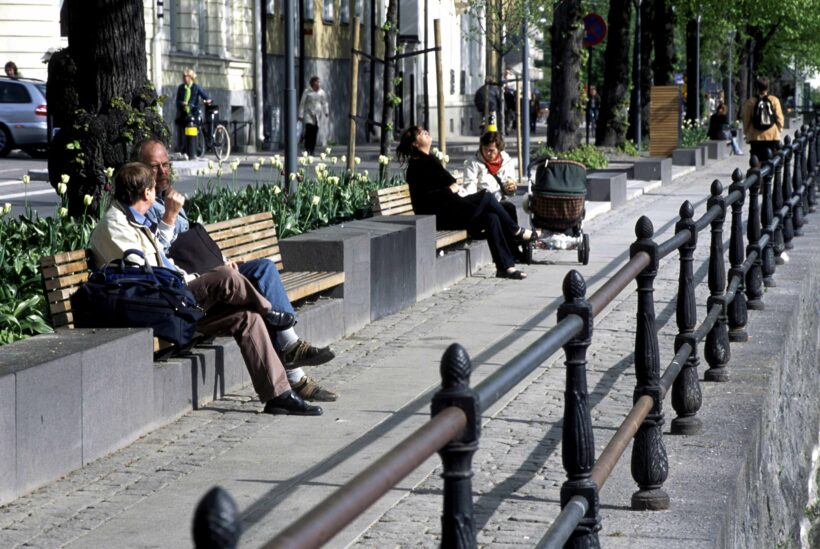A dominant and increasing part of the population live in urban areas. At the same time national ambition is to develop better opportunities for outdoor recreation to improve public health. The benefits of outdoor recreation are undisputed and have been proven time and time again to consist of improved overall health and individual wellbeing.
To be able to provide sufficient public space for urban outdoor recreation we need to recognize the wide variety of activities outdoor recreation consists of and to understand their spatial demands.
- Protected natural areas close to city centers for experiences of “undisturbed” nature and traditional outdoor recreation activities. When size and senses matter.
- Green public space close to home for easy accessibility and everyday activities. A low threshold makes a difference to make it happen.
- Paths and walkways leading all the way from home, connecting different smaller public spaces to a big easily accessible whole.
These are just a few examples of public space strategy for outdoor recreation. To build an attractive city for outdoor recreation we need a holistic planning strategy on a city level and relevant planning instruments that focus on outdoor recreation must be developed.



